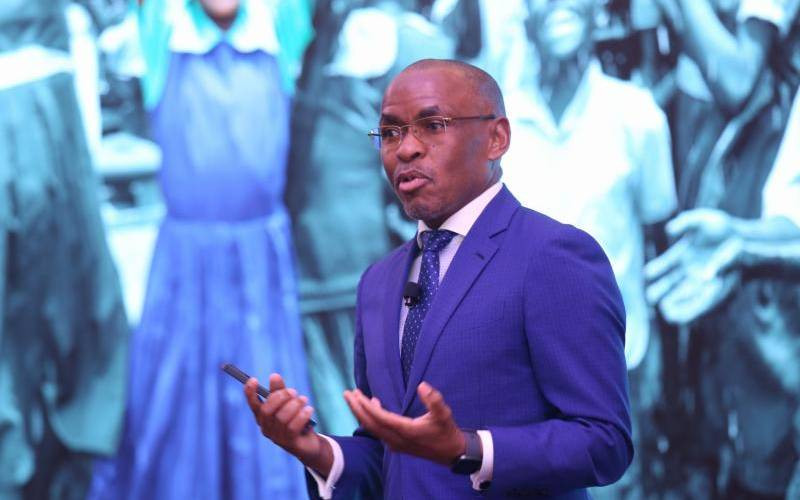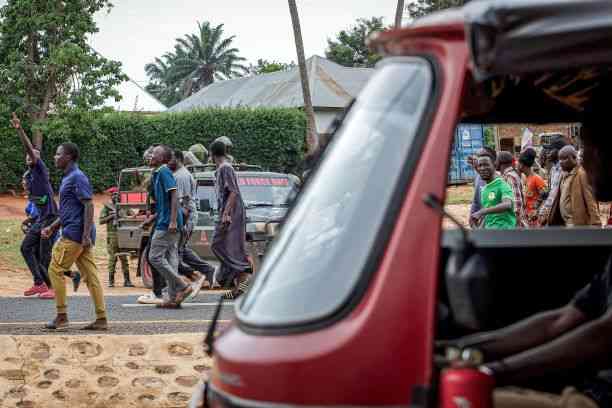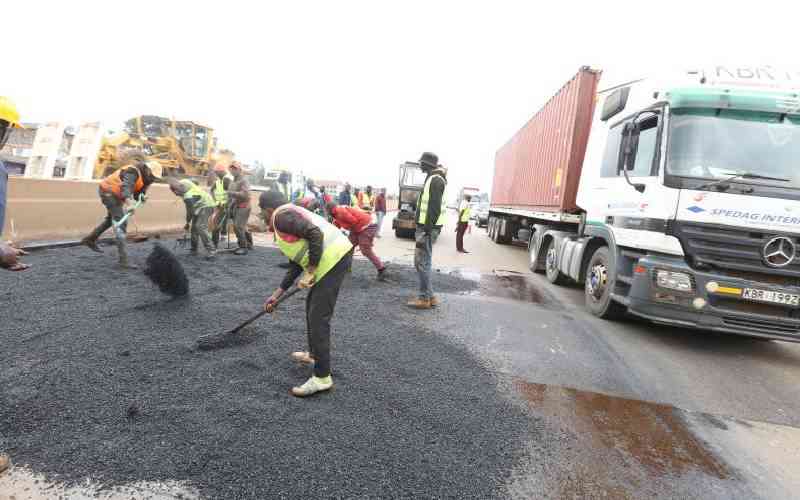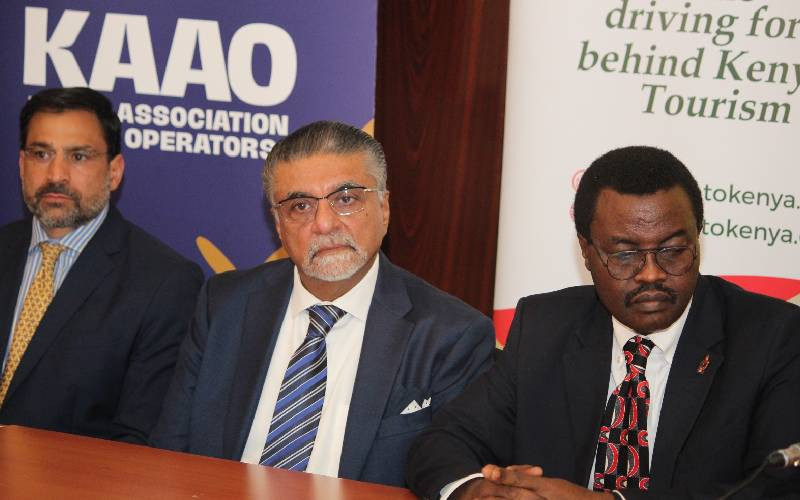
A 14-day shipping list indicated Mombasa port is scheduled to handle 52 within that period, a sign of increased ship calls as we head to the festive season.
However, the anticipated increased activities at the port, which hits its peak season due to the arrival of goods for the festive season, are expected to pose a logistical challenge.
Logistics experts had warned that the infrastructure expansion at the port of Mombasa in the last two years lagged behind even as the volume of cargo handled surged.
Statistics from the Kenya Ports Authority (KPA) indicate that the port had registered 32.86 million metric tonnes between January and September this year compared to 29.97 million metric tonnes handled in the same period last year.
Now, KPA says it is in the race to expand Mombasa port and its transport corridor infrastructure to address the imminent congestion and boost logistics.
Mombasa port is also investing in modern equipment and automation to cope with the increased cargo volumes attributed to the expansion of economies in the region.
Transport principal secretary Mohamed Daghar and Kenya Ports managing director Captain William Ruto said the construction of the first berth at the Dongo Kundu special economic zone and berth 19B has started to ease transportation of cargo.
They were speaking during the International Trade and Logistics Summit (ITLS) at the Pride Inn Paradise beach resort in Mombasa County.
“We have started the construction of the first berth at Dongo Kundu and berth number 19B. If we do not do that, the port will be congested,” he said.
Daghar noted that the plan to extend the Standard Gauge Railway (SGR) line from Suswa in Naivasha to Kisumu and then to Mall was on course to decongest the Northern Corridor.
Daghar stated that the country is positioning Lamu port, with its three deep berths, as a transhipment hub.
The conference was organised by the Kenya National Chamber of Commerce and Industry and the Kenya International Freight and Warehousing Association (KIFWA).
KNCCI Mombasa chairman Mr Abud Jamal said Mombasa – as the gateway to East and Central Africa – must take the lead in shaping the future of trade and logistics.
“This summit was conceived as a platform for dialogue, partnership and transformation – bringing together both public and private sector players to reflect on how we can emphasise modern logistics practices, leverage technology, and align with global standards while still preserving the human values that make our sector resilient and dynamic,” he noted.
Ruto said apart from the ongoing construction of berth 19B, KPA was planning to develop berths 23 and 24 at the port to handle increasing cargo volumes.
Stay informed. Subscribe to our newsletter
“At the Port of Mombasa, which has continued to record a significant rise in vessel traffic and cargo volumes, we are in the process of constructing berth 19B, with plans for construction of berths 23 and 24 to increase container capacity at the busy port,” he noted.
“With expanding economies and growth in cargo volumes over the years, KPA has had to keep up with the pace of the growth by upgrading both hard and soft infrastructure. This has meant strategic plans to enhance capacity through the construction of new cargo terminals, oil terminals, and investments in new and modern equipment, as well as greenfield projects like the construction of the Port of Lamu, Shimoni Fish Port, and the Dongo Kundu Special Economic Zones, among others,” he said.
The MD said KPA was also in the process of buying cargo handling equipment and upgrading the port terminal operating system that will onboard features such as automated gate systems, equipment positioning systems and barcoding systems, among others.
The port has so far handled 1.55 million Twenty Foot Equivalent Units (TEUs) during the period compared to 1.46 million metric tonnes in the corresponding period in 2024.
“This represents a growth of 91,000 TEUs, equivalent to 6.2 percent. With these impressive numbers, our resolve is to work closely with each stakeholder to further enhance our efficiency and productivity,” said Ruto.
The summit coincides with the rapid adoption of new technologies by the global logistics landscape, aimed at enhancing efficiency throughout the entire supply chain.
“As we embrace the African Continental Free Trade Area (AfCFTA), there is a need for seamless, integrated, and resilient supply chains,” he stated.
For hinterland countries, he noted, access to efficient ports and transport corridors is critical for unlocking trade potential and achieving inclusive growth.
The ports chief noted that logistics facilitates regional trade and economic growth through intermodal and multi-modal transport systems.
Ruto admitted that trade and logistics face emerging challenges from global supply chain shocks and rising fuel costs to climate change and geopolitical tensions.
“With rapid technological changes, the sector players need to rethink traditional models and embrace innovation. Technologies such as artificial intelligence, big data analytics, and automation are reshaping operational transformation and service delivery,” he added.







